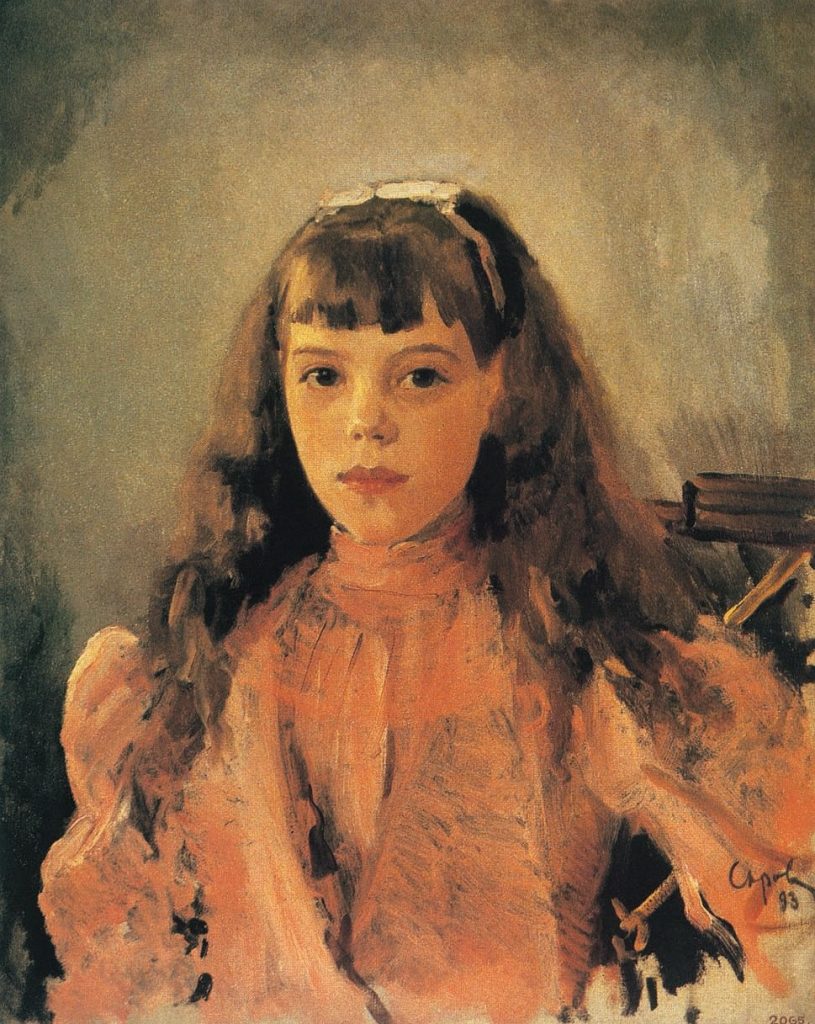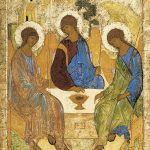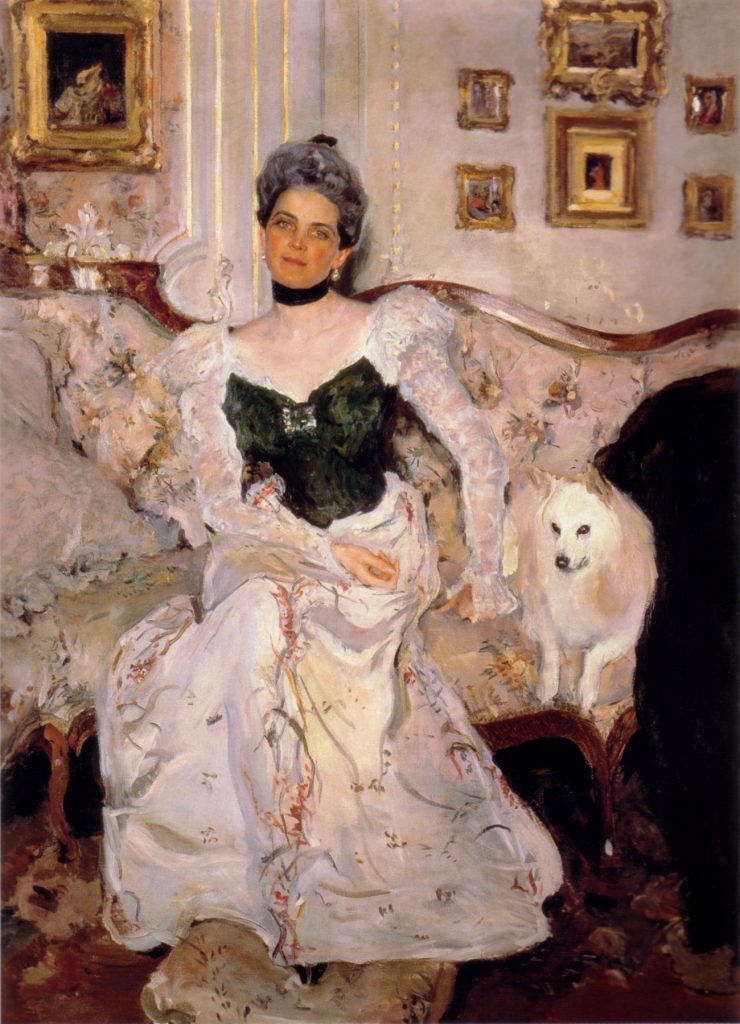
Valentin Aleksandrovich Serov (1865-1911) was a prominent Russian painter and one of the leading portrait artists of the late 19th and early 20th centuries. He is celebrated for his ability to capture the character and personality of his subjects and for his contributions to the Russian Symbolist and Impressionist art movements. Here are some key points about Valentin Serov:
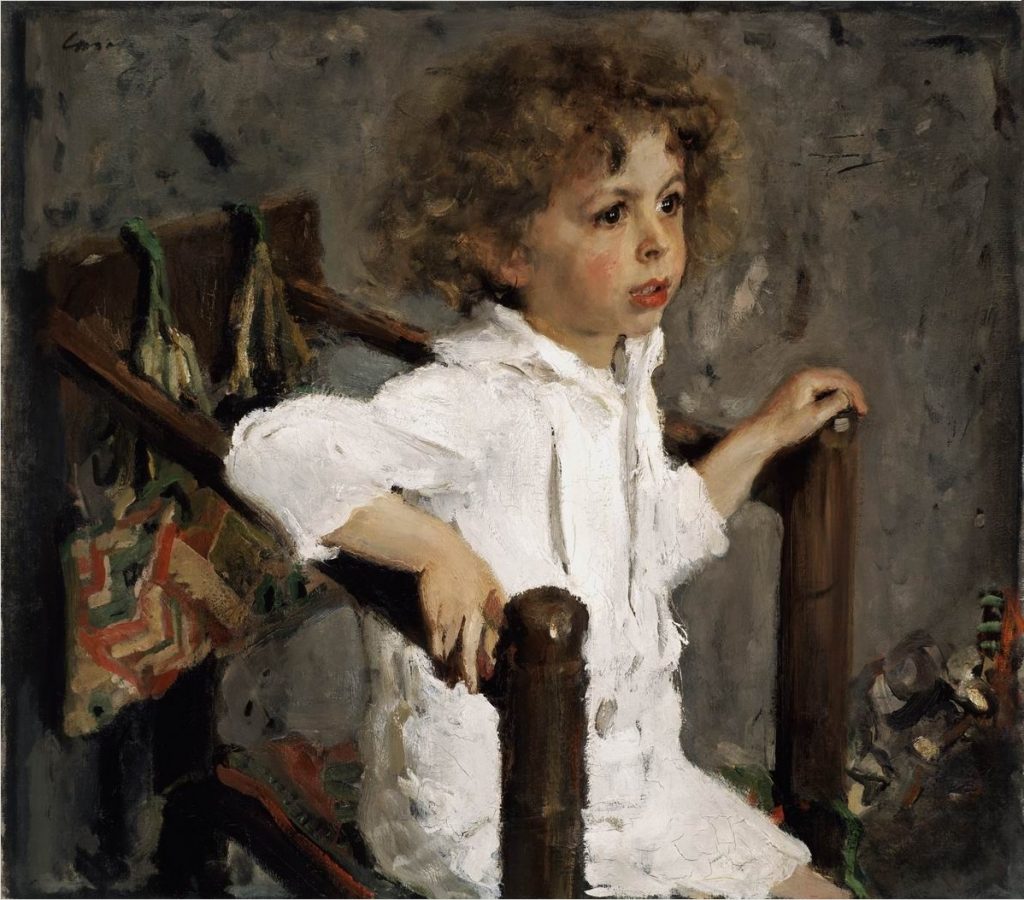
- Early Life and Education: Valentin Serov was born on January 19, 1865, in Saint Petersburg, Russia. He came from an artistic family, as his father was a composer, and his mother was a pianist. His early exposure to the arts influenced his decision to become an artist.
- Artistic Training: Serov began his formal artistic training at the St. Petersburg Academy of Arts, where he studied under the guidance of renowned Russian artists, including Ilya Repin and Pavel Chistyakov. He was a talented student, and his early works gained recognition.
- Portraiture: Serov gained widespread recognition and acclaim as a portrait painter. He had a remarkable ability to capture the personality and character of his sitters, creating intimate and psychologically rich portraits. His subjects ranged from members of the Russian aristocracy and cultural figures to everyday people.
- Impressionism and Symbolism: Serov’s style evolved over the years. He started as a Realist but later became influenced by Impressionism and Symbolism. His Impressionist works, characterized by loose brushwork and a focus on capturing light and atmosphere, marked a significant departure from the traditional academic style.
- Portrait of Ida Rubinstein: One of Serov’s most famous portraits is that of Ida Rubinstein, a Russian ballet dancer and actress. This portrait is celebrated for its sensual and modern approach.
- Influence on Russian Art: Valentin Serov was instrumental in shaping the direction of Russian art in the late 19th and early 20th centuries. His innovative approach to portraiture influenced many Russian artists of his time and contributed to the development of modern Russian painting.
- Other Works: In addition to portraiture, Serov created landscapes, genre scenes, and illustrations for books and magazines. His works often captured the beauty and charm of everyday life.
- Death and Legacy: Valentin Serov’s career was tragically cut short when he died of pneumonia in Moscow on December 5, 1911, at the age of 46. Despite his relatively short life, his contributions to Russian art are highly regarded, and his portraits continue to be celebrated for their artistic and psychological depth.
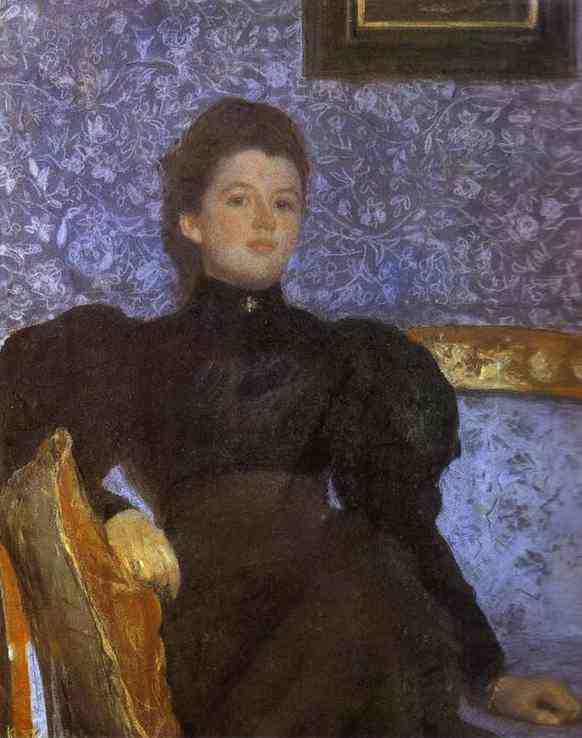
Valentin Serov’s legacy endures through his exceptional portraits and his influence on the Russian art scene. His ability to capture the essence of his subjects in a style that evolved from Realism to Impressionism and Symbolism makes him a significant figure in the history of Russian art.
